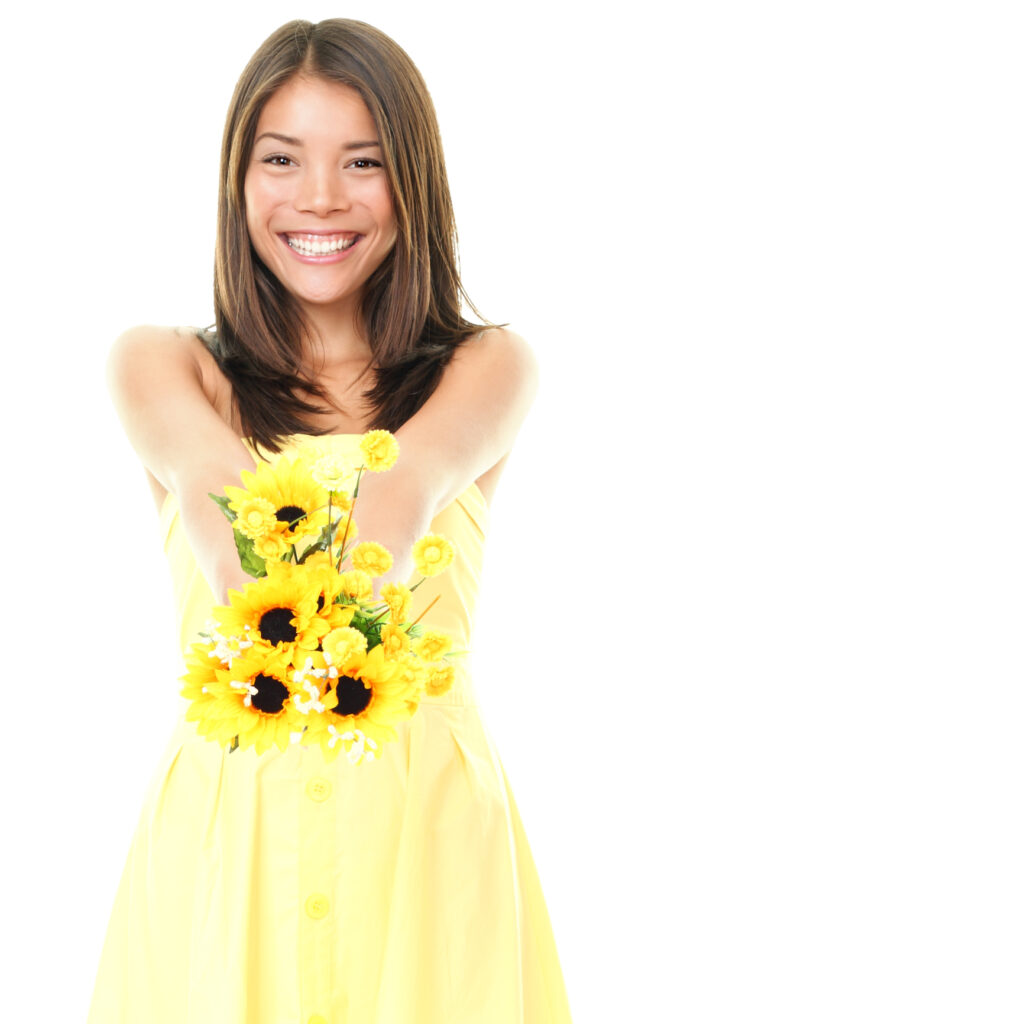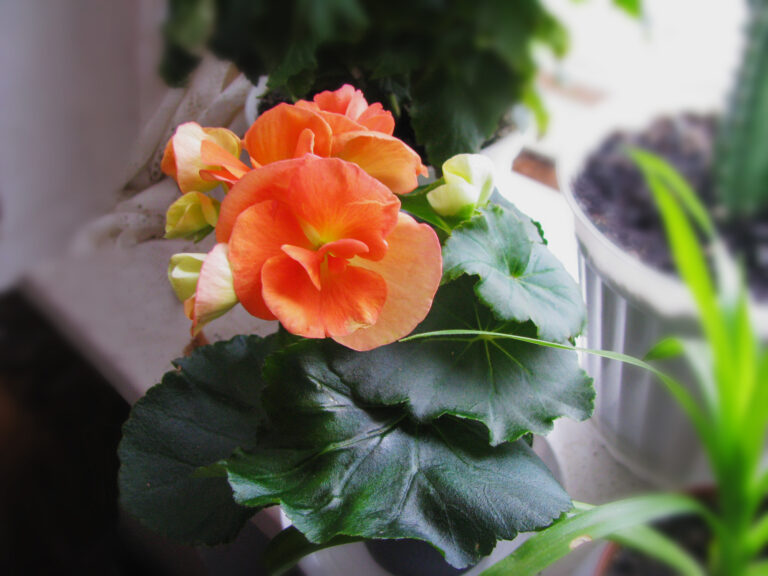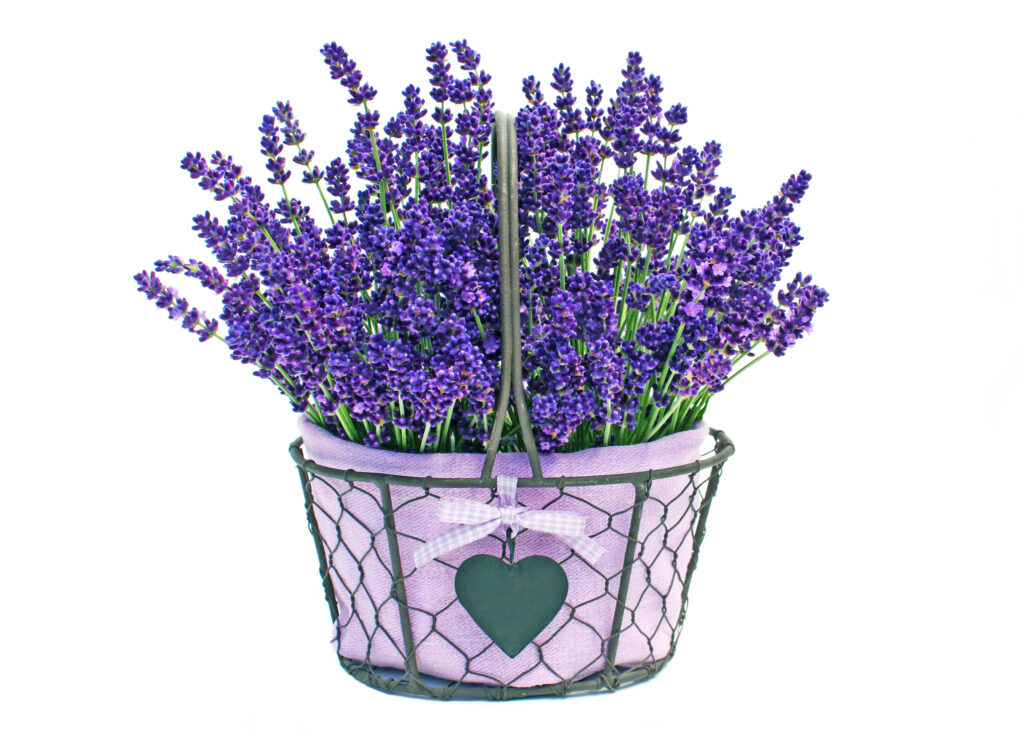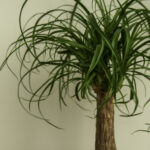Tips for Growing Flowers Indoors
Did you know that growing flowers in your indoor living space reduces stress and elevates your mood?
“Flowers cause a physical response affecting our emotions and releasing tension within the body,” says Ashleigh Smith, Managing Editor, True Leaf Market, which carries a wide variety of flower garden seeds.
Flowers Make You Happy
Research has proven that flowers make you feel cheery. A behavioral research study conducted at Rutgers University, “The Emotional Impact of Flowers,” showed that blooms trigger immediate and long-term positive feelings of happiness.
These are some great reasons to consider growing flowers in your indoor garden. Raising them from seed is fun, and the results can be quite beautiful.
Thanks to the many full-spectrum lighting systems now available, it’s possible to grow a wide variety of plants indoors—including flowers. Provide the right type of lighting, and you can grow enough flowers to create beautiful flower bouquets.

Growing Flowers as Houseplants
Some flowers do better indoors than others. Blooming plants that will thrive indoors include geranium, tuberous and standard begonia, portulaca, lavender, Polka Dot Plant and moonflowers, the latter of which bloom at night and emit a lovely aroma when they do.
Keep in mind that though you can grow flowers year-round indoors, many will tend to bloom their best in the spring and summer months. Growing flowers from seed as houseplants takes some trial and error.
Tips for Starting Flower Seeds Indoors
When starting flower seeds indoors, it’s important to familiarize yourself with the germination requirements of each seed, as well as the length of time to germinate.
“Some flower seeds require a special trigger, such as a cold period, moisture or sunlight,” says Smith. “For seeds requiring cold stratification, store the seeds in a refrigerator or freezer for an appropriate number of weeks before planting. Once planted, the combination of moisture and warmer soils will signal that the seed should germinate and start growing.”
In addition to stratification requirements, seeds prefer a range of germination temperatures, notes Smith. “Some seeds do well with a heating mat to maintain warm soil temperatures, while heat will inhibit others.”
Steps to Seeding Flowers Indoors

You can start many flowers from seed indoors hydroponically and even grow the houseplant flowers in such systems indefinitely. Or you can start the flowers from seed in soil and transplant to larger containers.
To start flower seeds indoors and grow them once they germinate, follow these steps.
- Use a seed starting tray that contains drainage holes.
- Fill the tray with 2 to 3 inches of damp, lightweight seed starting mix.
- Sprinkle seed on the top of the seed starting mix. Cover with a fine layer of more seed starting mix (oftentimes the seed packet will tell you how deep to plant the seeds; bigger seeds need a thicker layer of soil than small seeds).
- Spray the top of the soil with a fine mist of water to completely wet the soil.
- Cover the seed starting tray to hold in moisture and hasten germination. Many seed starting kits come with a clear plastic cover. Or cover with plastic wrap. Remove cover/wrap once seedlings emerge and begin to reach cover.
- Keep the soil moist but not soggy while the seeds germinate. If allowed to dry out, the little seedlings may die. Once seedlings emerge, also keep them moist at all times.
- Once flower seedlings begin growing, place them in a location with bright light. An unobstructed eastern or southern windowsill will work well during the spring and summer months, but it may not provide enough light in the fall and winter months. When window lighting is limited, place the plants under full-spectrum lighting positioned 2 to 3 inches above the plants. You will know the seedlings aren’t getting enough light if they become leggy and lean toward the light. Leggy seedlings often produce weak plants that may never grow to maturity and flower.
- Thin seedlings to 1 to 2 inches apart once they’ve developed their second set of true leaves. The first rounded leaves they develop are cotyledons. These will eventually fall off and true leaves will develop.

Growing Flowers Indoors
Once the flower seedlings reach 2 to 3 inches high, transplant into a pot with rich, well-draining potting soil, spacing the flowers 3 to 4 inches apart. Generally, you want to grow indoor flowering plants closer together than you would outdoors, as the plants generally don’t get as large as their outdoor counterparts. Having a small plant in a big pot with a lot of bare soil can also lead to root rot.
Keep your indoor flowers well-watered but not soggy and provide sufficient light. You will know that the lighting is inadequate if the plant becomes leggy and doesn’t flower. Wait until the plant buds up before fertilizing. At that time, feed with an organic fertilizer designed for flowering plants. Then feed monthly.
Harvest blooms from your indoor flowering plants regularly and use to make bouquets. Doing so will stimulate the plants to continue to bud up and fill your home with flowers.





